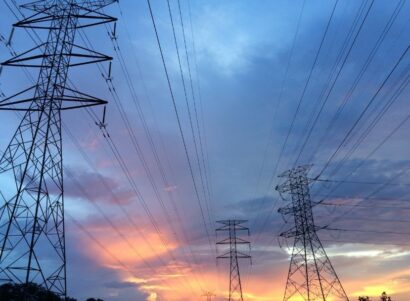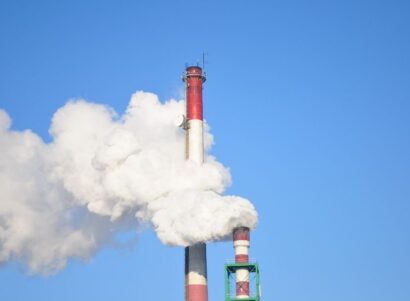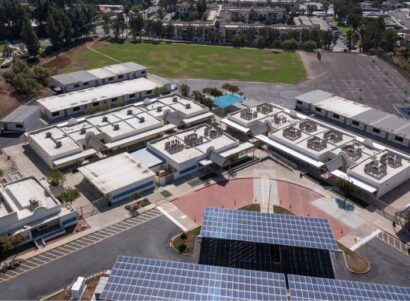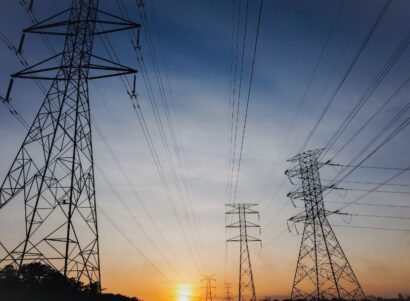Background
Climate change is amplifying the frequency and severity of natural disasters, from wildfires to hurricanes and storm surge. In the United States, billion-dollar weather and climate disasters have led to $2.2 trillion in losses since 1980. What’s more, 33 percent of billion-dollar disaster costs have occurred within the last five years.
Billion Dollar Losses, Trillion Dollar Threats: The Cost of Climate Change reviews the historic and projected economic toll of weather and climate disasters across the United States since 1980. The report identifies trends related to specific types of disasters—such as storms or drought—as well as across regions, sectors, and over time.
The report provides summaries on the scale of damage broken down by county and by state, and explores how costs escalate in a warming climate. These summaries aim to provide insight on the cost of climate change at a regional level, however, the report notes that aggregate damage does not capture the disproportionate impact experienced by certain vulnerable populations. The report discusses these impacts for certain populations, including low-income households and outdoor workers.
This report was completed for the national, nonpartisan business group E2 (Environmental Entrepreneurs).
Key Findings
The cost of weather and climate disaster-related damages is rapidly escalating in many states.
From 2017-2021, America experienced its four most expensive wildfires, two of its three most expensive hurricanes, and its most expensive winter storm with economic losses from all disasters totaling $765 billion.
Climate change poses unique risks to each region across the United States, varying from state to state and even from neighborhood to neighborhood.
From hurricanes to urban heat islands, the economic impact of climate change is based on regional characteristics. The magnitude and distribution of these impacts is also likely to shift in the future as increasing greenhouse gas concentrations induce changes to weather and climate patterns.

Figure: Disaster type responsible for largest cumulative losses in each state, 1980-2021 (data source, NOAA, 2022)
Certain populations, regions, and economic sectors face higher levels of risk from climate change.
The escalating economic toll of climate-driven extreme weather events poses an outsized threat to certain sectors, such as agriculture, as well as certain populations, such as outdoor workers. Low-income communities, communities of color, and other historically underserved and overburdened populations also face elevated risks: the poorest third of counties are projected to see losses reaching between 2 and 20 percent of county income per degree of warming.

Figure: Cumulative billion-dollar disaster losses for each state (data source: NOAA, 2022)
As the economic costs of climate change escalate, so do the economic opportunities associated with climate action.
Projections now show that the cost of inaction on climate change greatly outweighs the cost of action. Rapid and sustained investment in climate mitigation and adaptation can help avert the worst of these impacts and protect those communities who are disproportionately at risk while providing opportunities in the form of jobs and economic growth.
Conclusion
Despite their importance, market trends and climate policies are insufficient to avoid catastrophic climate impacts. A concerted effort across the public and private sectors is required to avert trillions of dollars in economic damages in the coming decades. Over the next few years, climate policies at the local, state, and federal level must rapidly reverse the growth in greenhouse gas emissions and scale clean energy technologies.

 Report
Report






